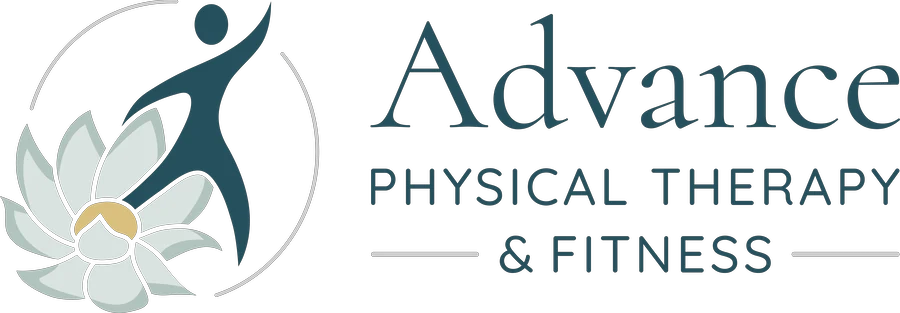We are so happy to welcome Lisa and her vast expertise in managing children with a host of medical issues. Please check out her bio below as well as her recent article about Toe Walking.
Lisa graduated from Duke University with a Master’s in Physical Therapy in 1999. Understanding the value of education, she had the opportunity to complete the requirements for the (at that time) newly instituted Doctor of Physical Therapy degree at Duke and obtained her Doctorate in 2000. She began her PT career in Sports Medicine at Duke University, but because of her passion for children, sought a position in pediatrics at Duke.
Over the past 13 years at Duke, she has gained a depth of knowledge of pediatric physical therapy in the acute care setting (hospital), home health (in the child’s natural environment), and also in the outpatient clinic at Duke’s Lenox Baker Children’s Hospital. She has a wealth of experience with many diagnoses of childhood and developmental delays. She was able to work closely with pediatric occupational therapists at Duke and has a thorough understanding of the importance of addressing sensory processing while addressing gross motor limitations.
Her dedication to treating the child with neurological impairments led her to pursue certification in Neurodevelopmental Treatment (NDT), which she completed in 2009.
Further, Lisa obtained certification by the APTA (American Physical Therapy Association) achieving the credentials of Pediatric Certified Specialist, (PCS) in 2010.
Because of her understanding of her own postural asymmetries and chronic back/joint pain that did not respond to traditional PT, she became a patient who was lucky enough to work with a PT who is certified by the Postural Restoration Institute (PRI). Her dramatic improvements in back and joint pain lead her to acquire more knowledge of PRI. She took her first continuing education course in Postural Restoration in 2009. She has been studying the philosophies with continued course work ever since and now is applying them to children. She has seen some great results in teenagers with musculoskeletal pain and in children who walk on their toes for no apparent reason. Other populations of interest include, but are not limited to: the prevention of surgery in children with scoliosis, performance improvement in young athletes, and children with undiagnosed pain that has proven to be difficult to manage with traditional forms of physical therapy.
“The unique thing about using PRI with children is that we can teach them early how to prevent the formation of chronic, detrimental patterns of movement and breathing before they are more difficult to change!”

